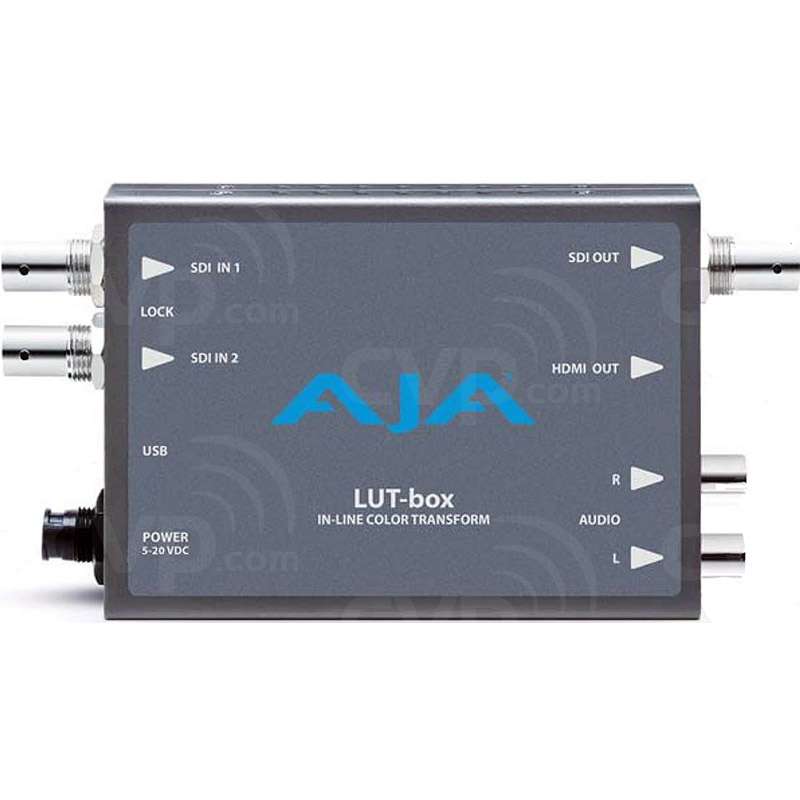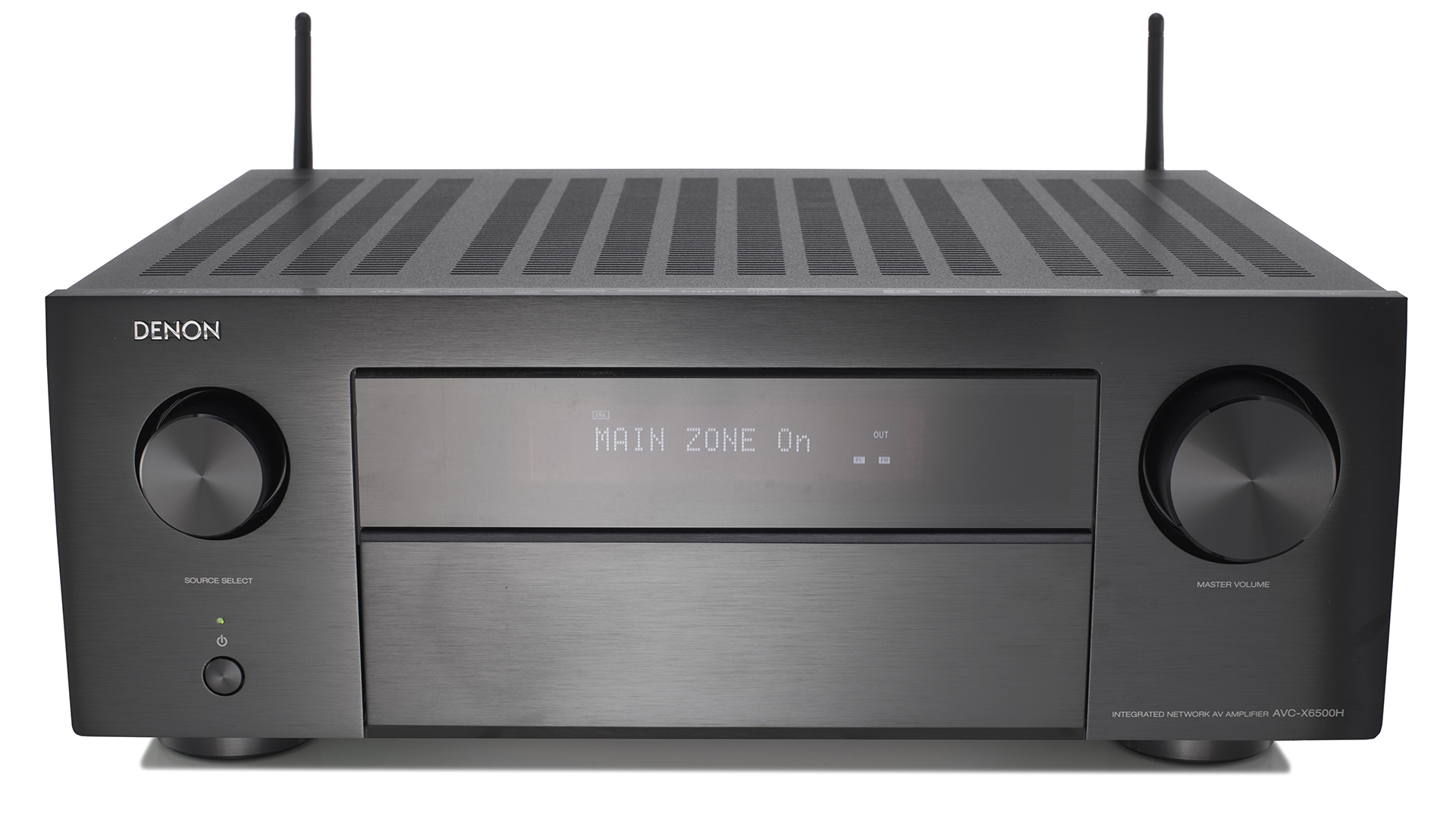

This amplifier ticks all our boxes, with a sleek design, good feature set and outstanding performance, making it so easy to recommend.
#LUT BOX AV RECEIVERS MOVIE#
Its crisp, precise and punchy sound strikes a nearly perfect balance, and it elevates every movie and song we throw at it. Sony has caught lightning in a bottle once again, with the TA-AN1000 sparking the same magic as STR-DN1080 but at a higher price point. Although it looks almost identical to the DN1080, why is it double the price?Īlso, why does the US have an extensive AVR range consisting of five new models while the UK only gets this one model after we’ve waited so patiently for nearly six years? Finally, does the AN1000 live up to its lauded predecessor? While we can’t answer the first two questions, we can shed light on the third, and thankfully it's good news. So surely a new AV amp from Sony is a cause for celebration? While this certainly is the case with the new TA-AN1000, we first find ourselves confronted with some awkward questions.
#LUT BOX AV RECEIVERS SERIAL#
It's been over five years since the Japanese tech giant graced us with its serial Award-winning STR-DN1080 AV receiver which took home Product of the Year in 20 (the year in which it also entered into our Hall of Fame), and it held a firm place on our Awards lists until 2020. Sony is finally back in the AV amp game with the TA-AN1000 home cinema amplifier. Below the individual picks, you'll find an AVR FAQ. Below you'll find our pick of them, all tried, tested and star-rated in our dedicated testing rooms. But most of all, the best AV receivers deliver brilliant, room-filling sound. Modern AVRs have become real home entertainment hubs and can bring a host of features such as Bluetooth, Apple AirPlay, multi-room streaming and DAB to your system, making it truly versatile and multi-functional. Whether you're getting your AVR installed by a professional or going it alone, make sure that you're comfortable with the interface's user-friendliness.
#LUT BOX AV RECEIVERS SOFTWARE#
Others go even further and can be enhanced by 3rd party calibration software for more in-depth tweaking. With so much to consider, setting up an AVR yourself can be daunting, but many companies include a microphone and automatic calibration system that only involves a 15-minute, step-by-step process.

Still, it's worth thinking about whether you'll benefit from the next-gen gaming specs of HDMI 2.1 or if you'll be using your home cinema primarily for film and TV, in which case, cheaper HDMI 2.0 ports will suffice. Most AVRs come with several HDMI inputs that can pass through 4K (and even 8K) and HDR video. The number of HDMI inputs you need is another important factor. Sometimes, these channels can also be deployed as a second zone. Plenty of AV receivers now include Dolby Atmos and DTS:X support for adding even more sound channels through the addition of height channel speakers. The most crucial thing to consider when buying an AVR is matching it to the size of your surround system and deciding whether to allow for expansion in the future.


 0 kommentar(er)
0 kommentar(er)
